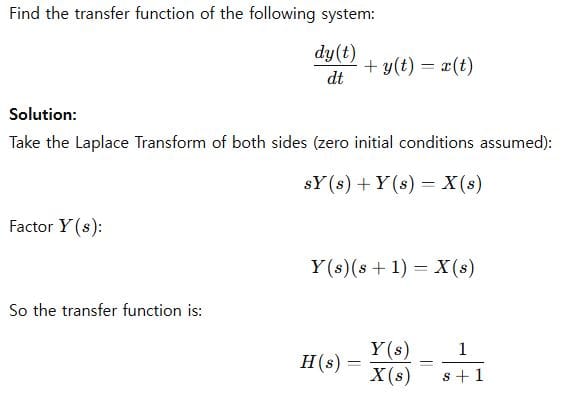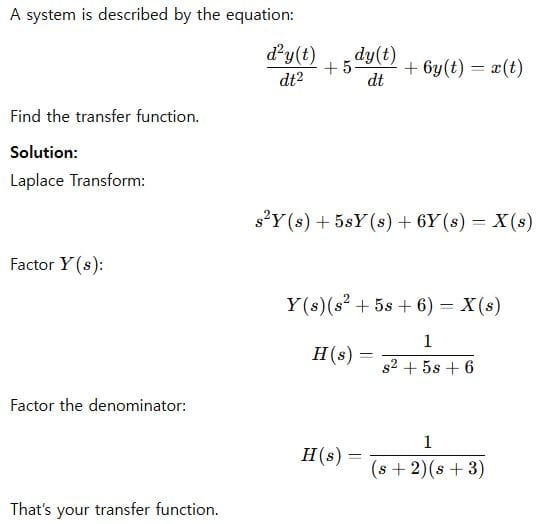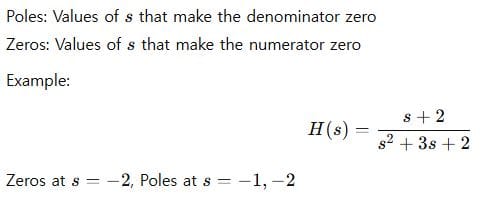Understanding Transfer Functions: From Basics to Advanced Examples
Transfer functions are a key concept in systems engineering, especially in control theory and signal processing. Whether you’re designing an amplifier circuit or a robotic arm, transfer functions help you understand how inputs are transformed into outputs.
In this post, we’ll dive into what a transfer function is, why it’s important, how to derive one, and walk through three detailed examples — beginner, intermediate, and advanced — to help solidify your understanding.
What is a Transfer Function?
In simple terms, a transfer function describes the relationship between the input and output of a system in the frequency domain.

This function allows us to model and analyze dynamic systems using algebra instead of solving differential equations directly.
Why Use Transfer Functions?
Transfer functions simplify the process of understanding complex dynamic systems. Instead of solving time-domain differential equations, you can work with algebraic equations in the frequency domain. They also make it easier to:
- Analyze system stability
- Predict system behavior
- Design controllers and filters
- Simulate system response to various inputs
How to Derive a Transfer Function
Let’s say you have a linear time-invariant (LTI) system described by a differential equation:

Example 1: Beginner Level
Problem:

Example 2: Intermediate Level
Problem:

Example 3: Advanced Level
Problem:

Transfer Function Characteristics
Some things you can tell by looking at a transfer function:
1. Poles and Zeros

2. Stability
If all poles have negative real parts, the system is stable.
3. Gain and Frequency Response

Real-World Applications
- In electrical engineering, transfer functions help model circuits (e.g., filters, amplifiers).
- In mechanical systems, they represent how force inputs produce displacement outputs.
- In control systems, transfer functions are the basis for PID controller design.
Final Thoughts
Transfer functions are incredibly useful for engineers. They take complex time-domain problems and turn them into manageable algebraic expressions. Once you get the hang of them, you’ll see them pop up everywhere — in circuit design, robotics, signal processing, and beyond.
By working through the examples here, from basic to advanced, you should now feel more confident about interpreting and using transfer functions in real systems.
If you’re just starting out, practice deriving transfer functions from physical systems. The more you work with them, the more intuitive they become.

Leave a Reply